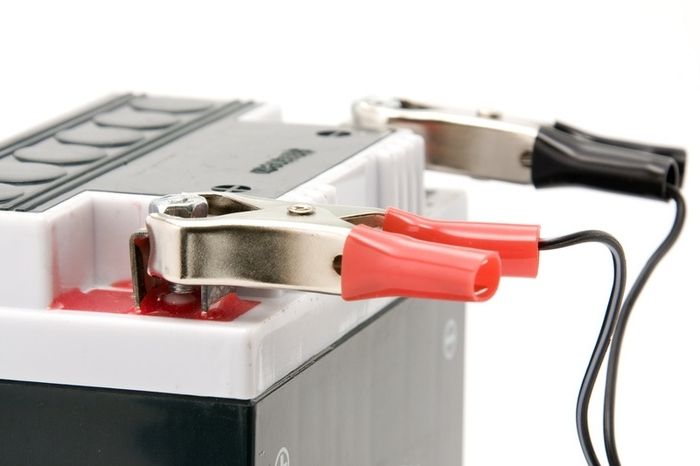Cylinder head gasket burned out: symptoms of malfunction

The cylinder head gasket is responsible for the tightness of the connection between the cylinder block and the cylinder head. This gasket allows the sealing of the combustion chamber and the channels of the cooling jacket through which the cooling fluid moves. The gasket may be made of thin metal. The second available option is reinforced paronite, which additionally has a metal edging in those places where the gasket has holes for the combustion chamber.
Burnout or breakdown of the cylinder head gasket is a serious and fairly common malfunction. An obvious answer to the question of whether it is possible to drive with a broken cylinder head gasket is the need for urgent repairs. It should be added that with a slight loss of tightness, it is possible to move under the power of a car, but it is desirable to eliminate such a defect urgently. In the event that the cylinder head gasket has strongly punched and signs of breakage are clearly visible, the operation of the internal combustion engine is prohibited.
Causes of damage and how to check the cylinder head gasket
Installing the cylinder head gasket
The consequences for the engine can be disastrous, even with short-term driving on cars with this problem. In case of ignoring the breakdown of the cylinder head gasket even after a short mileage, there is a need for major repairs.
This failure may occur in both gasoline and diesel engines, in a turbocharged or atmospheric unit . Breakdown of the gasket requires proper and timely diagnosis. Indicate a problem at an early stage can increase fuel consumption, difficulty starting the engine and its unstable work, reducing the power of the engine, a drop in the level of coolant in the expansion tank, low compression in the cylinders.
The most common causes of breakdown or burnout of the cylinder head gasket are:
engine overheating;
improper installation when replacing the gasket;
implications of power tuning ICE;
Not complying with the tightening force of the cylinder head bolts;
riding on low-quality gasoline, which is accompanied by detonation ;
Overheating of the engine is the main cause of breakdown of the cylinder head gasket. There is an overheating of the motor for various reasons, starting from a malfunction of the cooling system and ending with such phenomena as engine detonation or glow ignition . As metal (asbestos) gaskets, and paronitic in such conditions usually do not withstand the growing temperature during overheating and burn through. After such a burnout, the strength of the gasket becomes less and it blows out.
For more information about cylinder head gasket go to automobileremedy.com.
How to charge a car battery at home

During engine operation, the battery ( battery ), regardless of the type (serviced or maintenance-free battery) is recharged from a car generator. To control the battery charge on the generator is installed a device called a relay-regulator.
The indicated relay of the relay-regulator allows to supply the battery with such a voltage that is necessary for recharging the battery. This voltage is 14.1V. At the same time, the full charge of the battery assumes a voltage of 14.5 V. It is quite obvious that the charge from the generator is capable of maintaining the battery’s performance, but this solution is not capable of providing the full charge of the battery. For this reason, it is necessary from time to time to charge the battery using the charger (external charger).
It is also possible to charge the battery using a special charger, but such solutions often provide only recharging of the dead battery without the ability to fully charge the car battery.
How often to charge a car battery
Usually there is no problem with a good battery when the outside temperature is above zero. Starting the engine in such conditions can provide a battery that is only half charged. When the air temperature drops below zero, the battery capacity immediately decreases from 1.5 to 2 times. Also during the cold season, to start the engine, a greater starting current is required, as the engine oil in the crankcase is thickening and it is more difficult for the starter to turn the crankshaft .
The very operation of the car in winter often involves short trips, the inclusion of a large amount of energy-intensive equipment (heating mirrors, windows, seats, etc.). The load on the battery increases significantly. At the same time, the battery simply does not have time to recharge itself from the generator and compensate for losses incurred in launches. In view of the above, it is optimal to fully charge the battery with a charger up to 100% at least once a year before the onset of cold weather.
We add that in case of problems with starting the engine due to the presence of engine malfunctions (problems with fuel equipment, compression , etc.), the owner has to turn the starter much longer and more intensively. In such cases, charging the battery with an external charger will be required much more often.